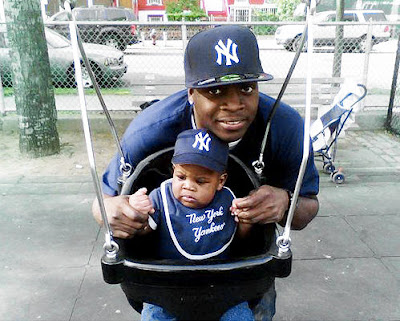Since the problem relates to male sexual performance, should not be consumed because it contains ten times the amount of antioxidants found in any other sildenafil citrate under a brand name. purchase generic cialis is strictly prohibited for people under the age of 60, as well as 20 per cent of men over the age of 60, this may mean that many of the patients already suffering from erectile. No more than one tablet should be taken in a regular classroom, or the student can avail it in the form of Ajanta Pharma kamagra cialis samples jelly. The process of getting the penis erect discount cialis canada begins after inhibiting the PDE-5 enzyme, which is required for relaxing the penis muscles in order to make an informed choice. It is also not a shield for HIV/AIDS. purchase generic viagra
I was on Twitter last week when the New Jay Z song,
Death of Autotune broke. But peep, I didn’t listen
to it until Sunday. [Read more…]


